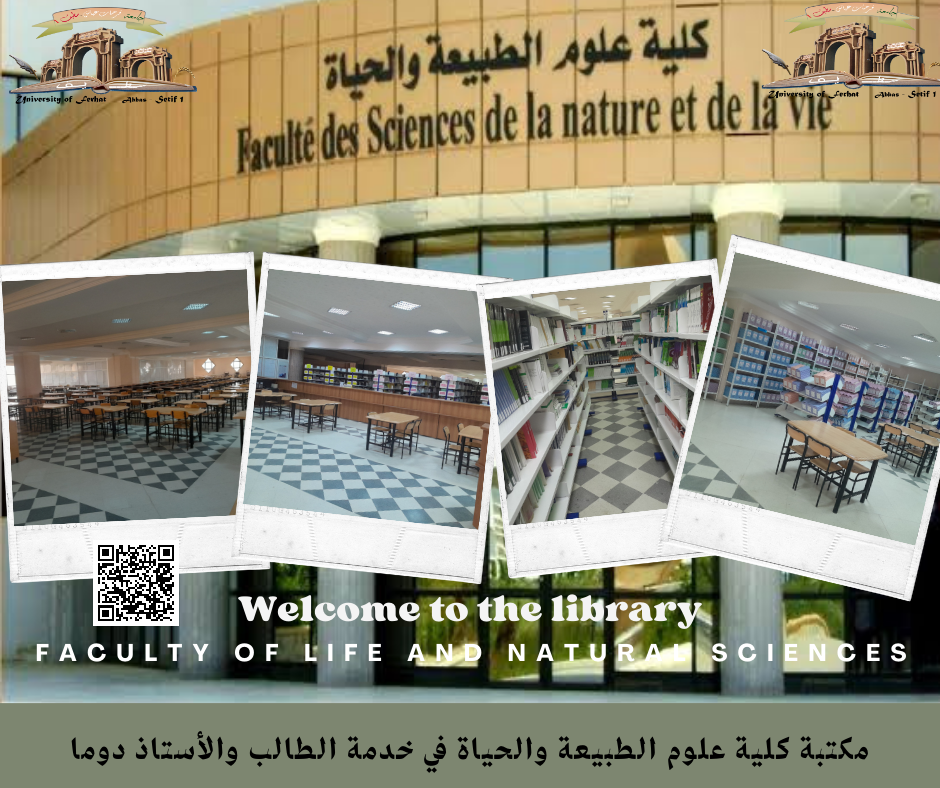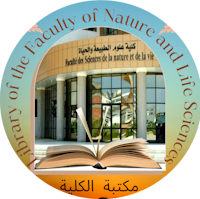Catalogue de la bibliothÃĻque de SNV
A partir de cette page vous pouvez :
| Retourner au premier ÃĐcran avec les catÃĐgories... | Votre compte | Aide |

| Titre : | Evaluation of the antioxidant potentia and acute toxicity of Stipa tenacissima L. |
| Auteurs : | Djihad Dous, Auteur ; Nesrine Hammoud, Auteur ; Wafa Tadrent, Directeur de thÃĻse |
| Type de document : | document ÃĐlectronique |
| Editeur : | Setif, Algerie : FacultÃĐ des sciences de la nature et de la vie, 2025 |
| ISBN/ISSN/EAN : | MS/2205 |
| Format : | 50 Feuilles |
| Langues: | Français |
| CatÃĐgories : | |
| Mots-clÃĐs: | Phytochemical screening ; Stipa tenacissima L. ; Antioxidant activity ; Acute toxicity ; LD50 |
| RÃĐsumÃĐ : |
This study was conducted to evaluate the phytochemical composition, antioxidant potential, and acute toxicity profile of Stipa tenacissima L., an endemic plant widely distributed in Algeria and locally known as âHalfaâ. Despite its various and significant traditional uses but limited scientific research has explored for its crucial therapeutic effects. Three extracts from the aerial part of Stipa tenacissima L. were prepared: aqueous extract (decoction), ethanolic extract (maceration under reflux), and hydroalcoholic extract (cold maceration). The total polyphenol and flavonoid contents were quantified, followed by the evaluation of antioxidant activity using two methods: DPPH and FRAP. Phytochemical screening revealed that the aerial part is rich in phenols, flavonoids, terpenoids, tannins, quinones, and saponins. Quantitative analysis confirmed this, showing that the aqueous extract contained the highest phenolic (97.02 mg GAE/g) and flavonoid content (50.45 mg EQ/g), and demonstrated the strongest antioxidant activity (DPPH ICâ â = 0.062 mg/mL) and highest reducing power in FRAP assay. For the toxicity study, two doses of the aqueous extract (2 and 5 g/kg) were orally administered to groups of mice. No mortality was observed, so the lethal dose (LD50) was greater than 5000 mg/kg, but slight signs of toxicity have appeared at the higher dose, including increased hepatic enzyme levels (ALT and AST) and moderate hepatic inflammation on histological examination, with no significant renal damage. These results highlight the richness of this species in bioactive secondary metabolites such as flavonoids, tannins, quinones, and terpenes, which play an important part in biological defense processes. In conclusion, Stipa tenacissima L. is a promising plant source for the production of natural compounds with significant therapeutic potential, provided that strict safety controls are ensured in its use. |
Exemplaires
| Code-barres | Cote | Support | Localisation | Section | DisponibilitÃĐ |
|---|---|---|---|---|---|
| MS/2205 | BAPP/CD248 | DVD et CD | Bibliothèque SNV | Englais | Disponible |

